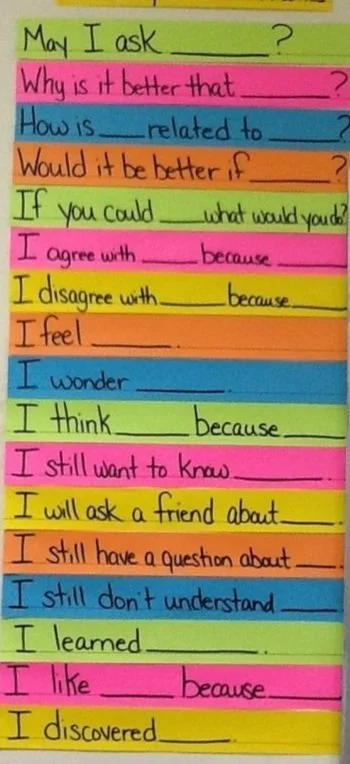
Supporting early literacy requires intentional, evidence-based practices that help students build foundational skills and develop confidence as readers and writers. Below are strategies you can implement in K–2 classrooms to promote success:
Interactive Read Alouds
Reading aloud is a powerful way to model fluent reading and comprehension strategies. During an interactive read-aloud, teachers pause to ask questions, make predictions, and connect the story to students’ experiences. This practice helps children build vocabulary, comprehension, and a love of reading.
Shared Writing
Shared writing involves composing text together as a class. Teachers act as scribes, recording students’ ideas while modeling how to organize thoughts, use conventions, and develop sentences. This collaborative process strengthens early writing skills and builds confidence.
Guided Reading Groups
Small, flexible reading groups allow teachers to target students’ instructional levels. During guided reading, children practice decoding, fluency, and comprehension strategies with texts carefully matched to their needs.
Sentence Stems and Frames
Providing sentence starters helps emergent writers organize their thoughts and learn how sentences are structured. Sentence frames are especially helpful for English Learners and students who need additional support to get started.
Daily Phonics Routines
Explicit, systematic phonics instruction lays the groundwork for decoding and spelling. Incorporating daily phonics lessons, such as blending practice, word sorts, and sound-symbol activities, builds automaticity over time.




